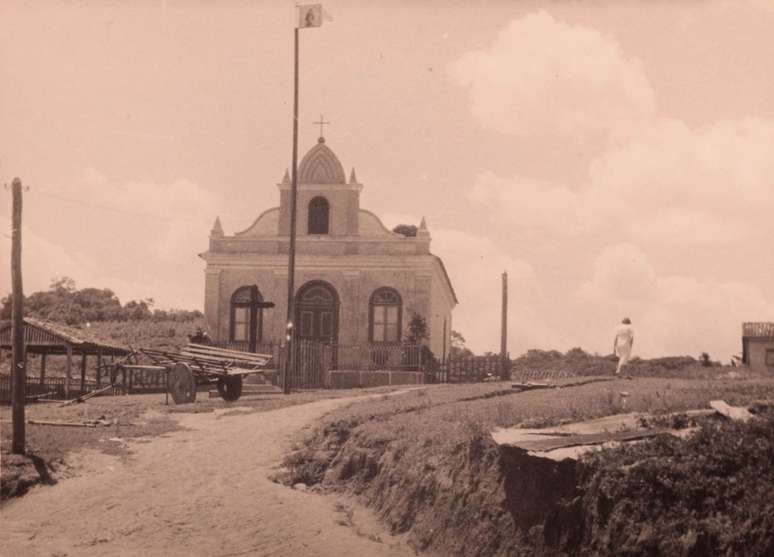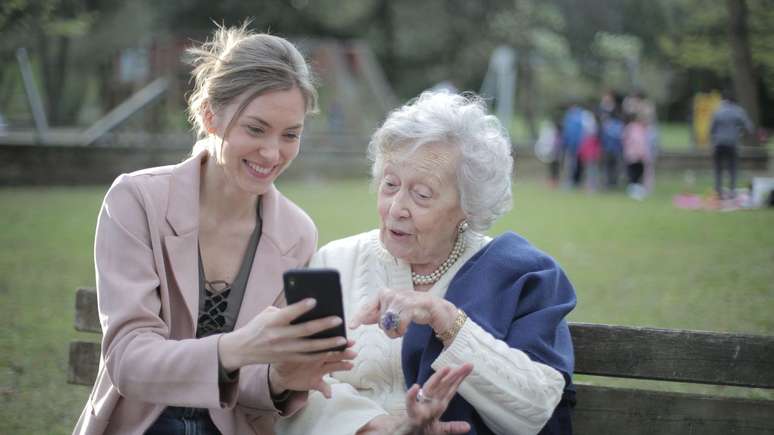The neighborhood is located in a transition area between urban and rural […]
Far beyond the violent past that, for years, has been associated with Parelheiros, this neighborhood in southern São Paulo is a tourist destination that few know about.
50km from the city center of São Paulo, in a transition zone between urban and rural, Parelheiros doesn’t even feel like it’s inside the capital of São Paulo.
This area of approximately 400 km² is an Environmental Heritage site and occupies approximately 24% of the municipal territory, known for the biodiversity of its Atlantic Forest conservation parks and large agricultural production.
Here is the only completely clean river in the city, the Capivari, and also the largest concentration of organic producers in the city.
In other words, it’s like being in a small country town, but without leaving the largest city in South America, just 10 km from the sea, where you can see Itanhaém from a lookout in Serra do Mar State Park.
Why Parelheiros?
That past (and present) rural setting was also the site of horse races between Germans and Brazilians, known as parelhas.
“They would ride horses and bet on races on the main street [do distrito]. And then they were paired, that’s why Parelheiros,” says Cibele Eloá Lima da Silva, a tour guide working in the region.
The first residents began arriving in 1827, when the imperial government sent a group of 200 German, Austrian, and Swiss immigrants to establish an agricultural colony in the region, known as the German Colony and the oldest neighborhood in the region.
According to Parelheiros subprefecture, without support from the government of the time and facing hardship, the colony fell into rapid decline and many residents abandoned the region. More than a century later, during World War II, the name Colônia Alemã was replaced by Colônia Paulista, or, simply, Colônia.
In fact, it is precisely in the Colônia neighborhood that the oldest cemetery in the city is located, located on a 28,800 m² plot donated by Dom Pedro I for that of immigrants. Currently the site hosts 36 blocks of tombs, which still retain the nineteenth-century architectural scheme, with marble headstones and high headers.

Japanese immigrants also arrived in the 1940s and began to explore agriculture, in what is the largest agricultural area in São Paulo and is home to farms producing vegetables, flowers and ornamental plants. The Sacred Land of the Messianic Church, on the banks of the Guarapiranga Dam, is one of Japan’s icons and is considered the largest temple outside Japan.
The most famous resident was the writer Carolina Maria de Jesus, who left the Santana neighborhood for a farm in Parelheiros in the late 1960s. Currently, the author of ‘Eviction Room: Diary of a Favelada’ is honored with a statue in Praça Júlio César de Campos, next to the Santa Cruz Church, in the center of Parelheiros.
Another highlight of the region is the Colônia Crater, a geological landmark formed by a circular depression 3.6 km in diameter, the result of the fall of a celestial body, approximately 36 million years ago.

In July, Colônia Fest takes place, an event in the square next to the Colônia church that celebrates the neighborhood’s anniversary, with activities such as traditional dances, performances by folklore groups, German food stands and a parade of German costumes.
How to visit Parelheiros
The City Hall and Municipal Department of Tourism of the city of São Paulo have a program called “Vai de Roteiro”, which encourages residents to get to know the city itself.
There are 14 free thematic itineraries in places such as Baixo Augusta, Vila Madalena, Triângulo Histórico, Floresta Cantareira and also a visit to the Corinthians stadium, in the East Zone.

One of the highlights of the program is the Parelheiros ecotourism route, with attractions such as rural tourism, including access to tractor ride on the shores of Billings, a historic site and up to first and only adventure park from the city of Sao Paulo, in the district of Marsilac.
“It is a tour suited to your budget. It also has contact with nature and is a guided tour where we know the entire historical context of the place,” says Professor Nice da Cruz Milanez, one of the participants who undertook the route. in Parelheiros, last April.
I WAIT VIDEO
Source: Terra
Ben Stock is a lifestyle journalist and author at Gossipify. He writes about topics such as health, wellness, travel, food and home decor. He provides practical advice and inspiration to improve well-being, keeps readers up to date with latest lifestyle news and trends, known for his engaging writing style, in-depth analysis and unique perspectives.








